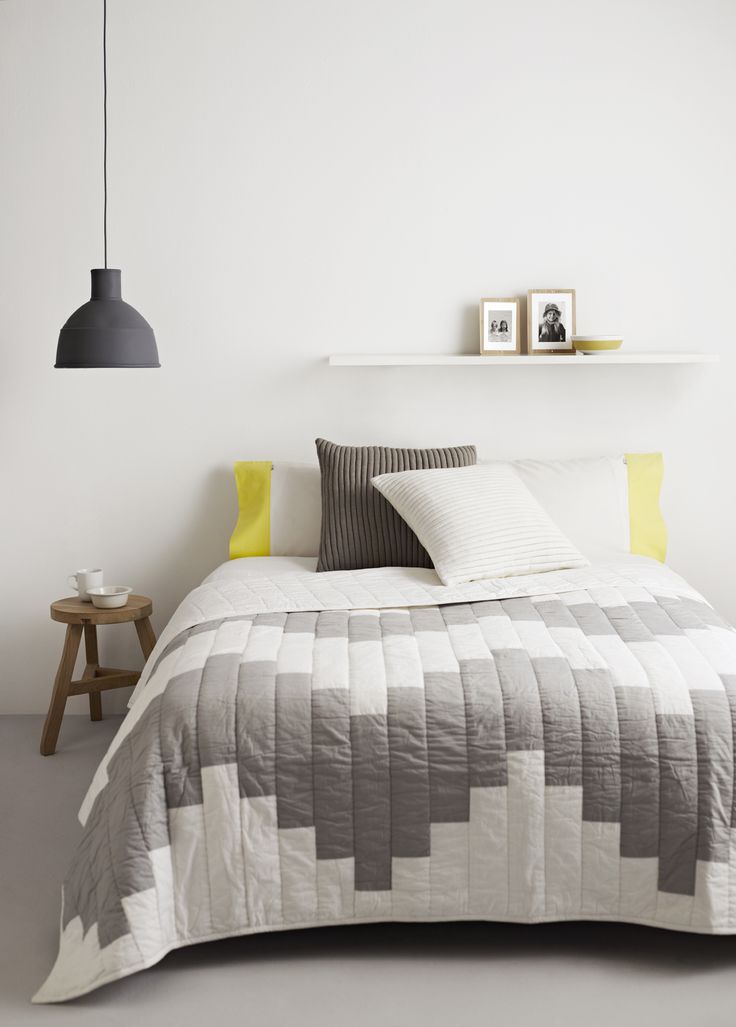Similar to a mattress or pillows, a duvet can make or break your sleeping situation. Investing in only the best for your needs is essential.
Buying a new duvet might seem like a simple task, but trust us, there’s more to your bedding than you think. Here’s all you need to know about buying a new duvet:
What duvet filling should you choose
A duvet’s filling is one of the most important aspects to consider when buying a new duvet. Whether you choose natural or synthetic fibres will have a major impact on the overall feel of the duvet.
Natural fillings
These offer more warmth and are more breathable than synthetic fibres. Natural fillings consist of duck or goose feathers or down. Down being softer and lighter than normal feathers, while still offering loads of warmth. If a natural filling is what you’re after, this is the way to go. These days, many natural duvet fillings are treated to appease those with allergies.
They’re also more durable than synthetic fillings. However keep in mind that they’re more difficult to clean and care for.
READ MORE: Quick ways to update your bedroom
Synthetic fillings
Hollow fibre is one of the most popular and is normally made from polyester and nylon. The hollow centre ensures fluffiness and the fabric is also extremely durable.

Tog ratings
These basically measure the warmth of a duvet and determine how much warmth is offered in winter and how breathable the duvet will be in summer. Tog ratings are measured by testing how much body heat is lost through a duvet. The ratings range from 1 tog (being the coolest) to 15 tog (being the warmest).
A quick guide to which tog to use:
- For a summer duvet you’ll want anything between 4.5 and 7.5 tog.
- For a winter duvet, opt for 13.5 tog and higher.
- If you don’t have the storage space for two duvets, invest in a 10.5 tog to be used all year long. You’ll sleep comfortably in summer and can add an extra blanket if need be in winter months.
- Natural fibre duvets will offer more warmth than synthetic fibres, so the tog ratings will differ between the two.
Duvet size
Although it might seem fairly obvious to buy a queen size duvet for a queen size mattress, experts advise that buying a duvet one size bigger than your bed is in fact more practical. You won’t be fighting your partner for covers and the bigger sized duvet will make your bed look puffier and more comfortable.
*Note that when it comes to buying duvets for young children, it’s best to stick to a smaller size (single) to prevent over heating.
Carina Claassens – All4Women
The post The ultimate guide to buying a new duvet appeared first on All4Women.
All4Women is your daily dose of entertainment, news, fashion and beauty, healthy living, family, food and fun (plus all the home, garden, work and money tips you need). All4Women is the go-to guide for South African women at all stages of their lives who want to stay informed, inspired and entertained.eed)!

